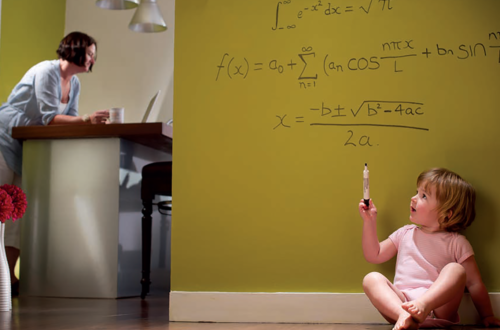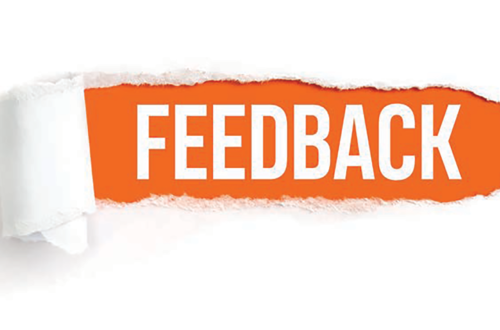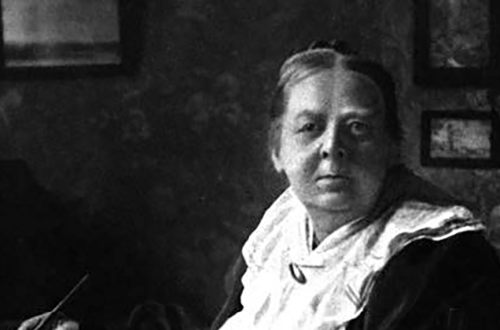Journal of the Mathematics Council of the Alberta Teachers’ Association
Volume 27 Issue 2, September 1988
Language and Mathematics
Mathematics has been defined as a language by D.A. Johnson and G.R. Rising in Guidelines for Teaching Mathematics, 2nd ed. (Belmont, Calif.: Wadsworth, 1972). Technical words and definitions abound. Many words in common usage have a distinct mathematical meaning and, occasionally, more than one mathematical meaning. Above all, mathematics is dependent upon symbols that allow us to compute, to solve and to show relationships. The problem of language and its symbols is complicated. Many symbols have more than one meaning, and many symbols may be used interchangeably to connote the same mathematical meaning. As teachers of mathematics, we cannot merely assume that the language of mathematics will be apparent to students. Both encoding and decoding it must be taught in our instructional strategies.
Mary Jo Maas advocates “Groups of Four” as a method of instruction. The group provides a nonthreatening environment in which vocabulary may be developed. Barry Onslow summarizes research that illustrates student development as a result of group discussion. Language development is an important desired outcome at all grade levels. Marilyn Burgoyne shares ideas appropriate for junior high school teachers.
Readability of mathematics texts should be an important consideration in deciding whether to adopt a text. Yvette d’Entremont analyzes a text being considered for possible adoption. Bernard Yvon and Jane Zaitz encourage teachers to have students develop mathematical stories and books and to read their stories to other students. Irene Eizen and Arlene Dowshen state that students’ writing in mathematics must focus on content. They include samples of students’ writing in their article. The concept of integration is of current interest in Alberta schools. George Calder shares ideas on how to teach translation in beginning algebra courses.
Two articles are included that do not directly support the theme of language in mathematics. Bonnie Litwiller and David Duncan offer another investigation of counting numbers. They use a problem-solving format. Dennis Connolly discusses the probability of winning in gambling games.
And, finally, in the Student Problem Comer, Craig Loewen turns poet and presents a problem in a snooker game.
John B. Percevault
1
2
John B. Percevault
3 – 5
Small-Group Learning in Mathematics
Mary Jo Maas
6 – 13
Overcoming Conceptual Obstacles
Barry Onslow
14 – 15
Helping Students to Become Literate in Mathematics
Marilyn Burgoyne
16 – 19
Readability: A Factor in Textbook Evaluation
Yvette M. d’Entremont
20 – 24
Combining Literature and Mathematics: Making Math Books and Finding Math Concepts i n Books
Bernard R. Yvon and Jane Zaitz
25 – 28
Irene Eizen and Arlene Dowshen
29 – 31
George A . Calder
32 – 35
Summing Consecutive Counting Numbers
Bonnie H. Litwiller and David R . Duncan
36 – 39
Casino Gambling: The Best Strategy
Dennis Connolly
40 – 42
A . Craig Loewen
43



